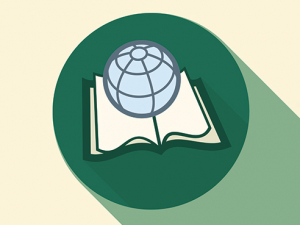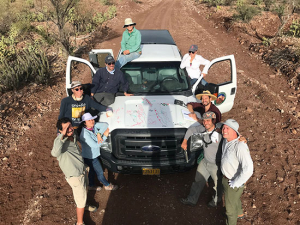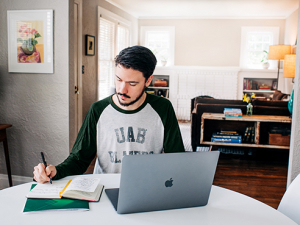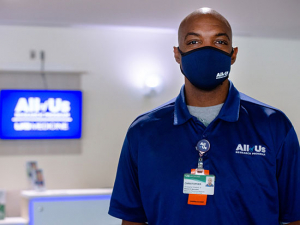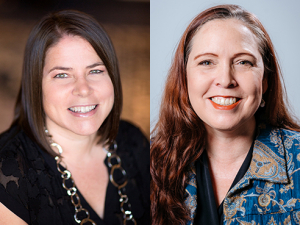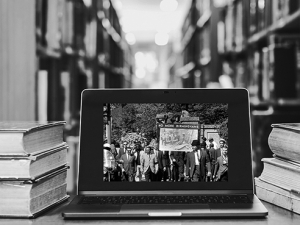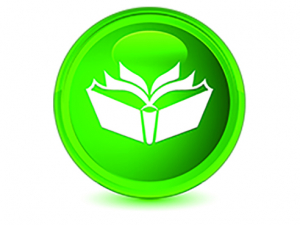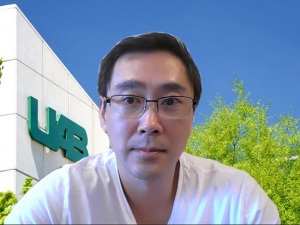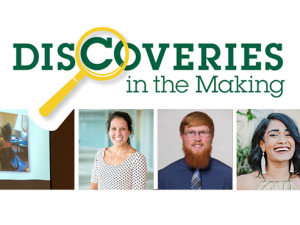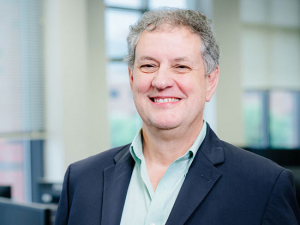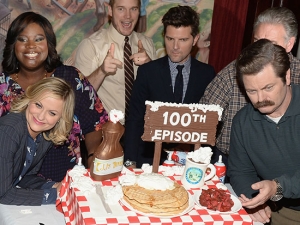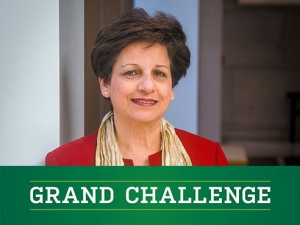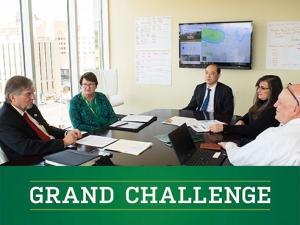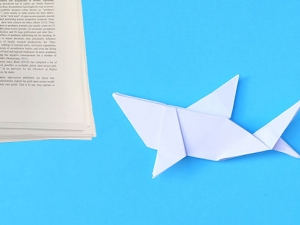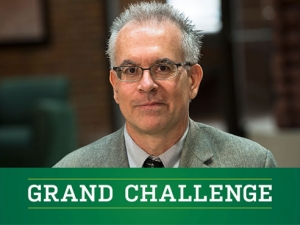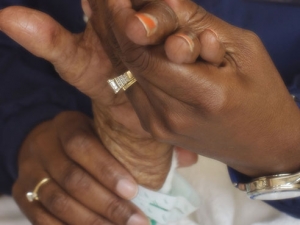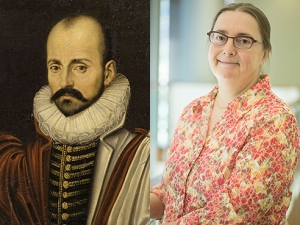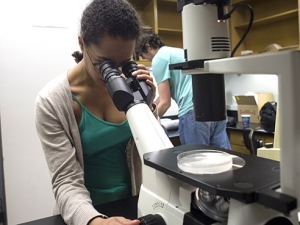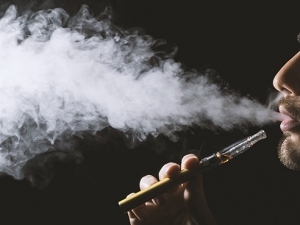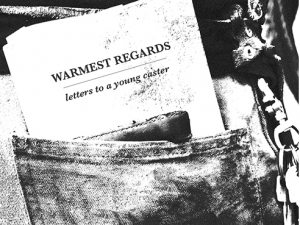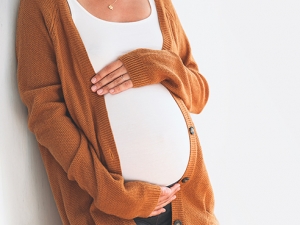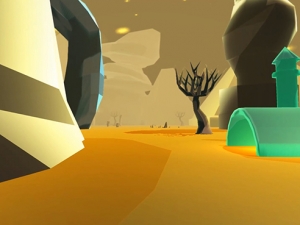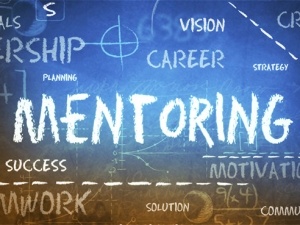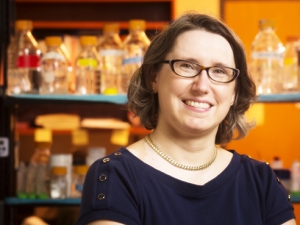UAB has earned recognition on the world stage as a renowned doctoral research university, and its teacher-scholars are no exception, often winning competitive grants and other awards to support their research. This year, two professors were chosen to receive National Science Foundation CAREER Awards — a prize the foundation considers among its most distinguished. Amber Genau, Ph.D., assistant professor of materials science and engineering
Amber Genau, Ph.D., assistant professor of materials science and engineering
The NSF CAREER Awards support the early career-development activities of professors who most effectively integrate research and education within the context of the mission of their organization. At UAB, those faculty include Amber Genau, Ph.D., assistant professor of materials science and engineering, and Nicole Riddle, Ph.D., assistant professor of biology. The UAB Reporter will feature both researchers and provide insight into their work and its promise.
Genau’s research project focuses on the freezing behavior of a particular class of metal alloys called eutectics, which includes cast iron and electronic solder. Her lab will carry out precise bench-scale experiments in order to better understand the fundamental science that influences the behavior of these alloys. The results will be used to create new models that help optimize composition and processing conditions for advanced material applications. Genau will use her $447,023 award to fund this research.
|
Free training offered for faculty preparing an NSF CAREER award |
Q: What was your reaction to being selected for this honor by the NSF?
It’s actually a funny story. My dad and I took a trip to Antarctica over Christmas break last year, so I was without access to phone or email for almost two weeks. On the final layover of our very long trip home, I turned on my phone in Atlanta and had a message from my department chair, asking me to call him as soon as possible. I imagined all kinds of terrible things that could have gone wrong before finally reaching him and hearing that I needed to contact my NSF program manager about my CAREER proposal. It turns out the program manager had emailed me about the award right after I got on the ship, and when she didn’t hear back from me, she had contacted my chair. Sitting on the floor of the airport, the whole thing felt very surreal. Once I got over the jetlag, I was also of course delighted and honored. I have enormous respect for the work of everyone I know who has gotten a CAREER Award in the past, and I am thrilled to be part of that cohort.
Q: What is the hypothesis of your research?
I study metal solidification and the types of microstructures that form when metal alloys freeze under different conditions. This proposal specifically addresses the solidification of eutectics, where multiple solid phases form simultaneously from the liquid. Cast iron and electronic solder are both examples of eutectics. While there are very good theories that predict the behavior of simple eutectics, the theories break down when there are more than two elements present, more than two solid phases forming or when one of the solid phases forms with faceted edges. My goal is to carry out very precise solidification experiments under a variety of conditions to provide the data needed to create more advanced models. Those models can then be used by engineers to design parts with the specific strength, toughness and other properties that are needed for high-tech applications. The new understandings gained from this work will help us understand and control solidification not only in eutectics, but in a wide variety of other multi-phase alloys as well.
| “We are pushing metals to be lighter, stronger, perform at higher temperatures, etc., all of which requires new and better understandings of the fundamental science that controls their behavior.” |
The field of solidification science first became prominent in the 1960s and 1970s. A variety of important theories were developed that have guided the understanding of scientists and engineers ever since. However, the people who did that work are now nearly all retired, and because the materials field spent quite a while focused on newer and “sexier” topics (like nanomaterials), there aren’t many people working in my area these days, especially in the U.S. Meanwhile, we are pushing metals to be lighter, stronger, perform at higher temperatures, etc., all of which requires new and better understandings of the fundamental science that controls their behavior. There are also emerging new applications, like metamaterials, which require extremely precise control of the metal’s structure. Computers and other advances in equipment allow us to investigate materials in ways that weren’t possible even 10 or 15 years ago. I work closely with modelers who create realistic 3-D simulations of the same structures that I’m growing in my lab. Working together, we can really accelerate the pace of discovery.
Q: What does this award mean for you and your research?
I currently have three graduate students and several undergraduate students working on aspects of this research. The five-year CAREER funding provides stability, so the students and I really have time to develop these different areas of research. The funding also includes the development of some new pieces of equipment, such as one that will allow in-situ observation of low-melting-temperature alloys. These new tools will allow me to expand the type of research that I do in my lab and lay the groundwork for future activities. One of the things I love about the CAREER grants is that they support not just research activity, but also help recipients develop their educational activities. For the last six years, I’ve run a summer outreach program for high school students called Materials Camp. With the help of my CAREER grant, this year I’m working with UAB’s CORD office to improve and expand that program. I’m also working with Professor Andy Millard in the history department to develop two new history courses, co-taught by an engineer and a historian, to help students better appreciate the role of science and technology in world history.


